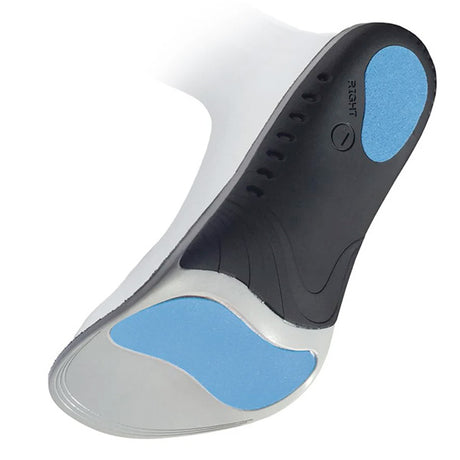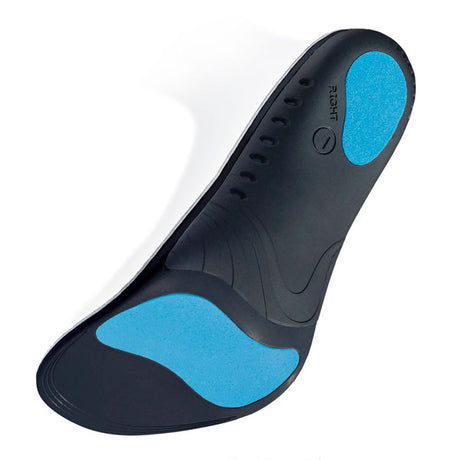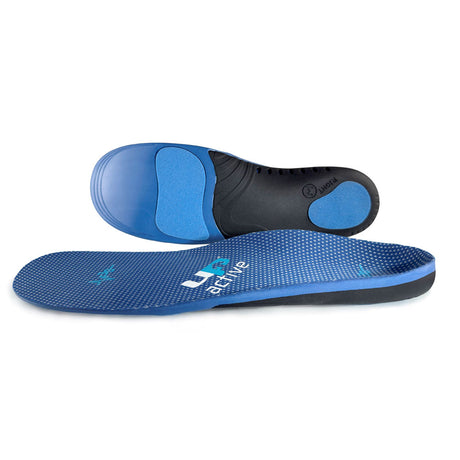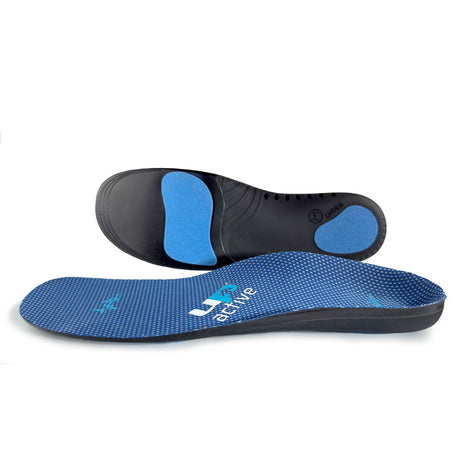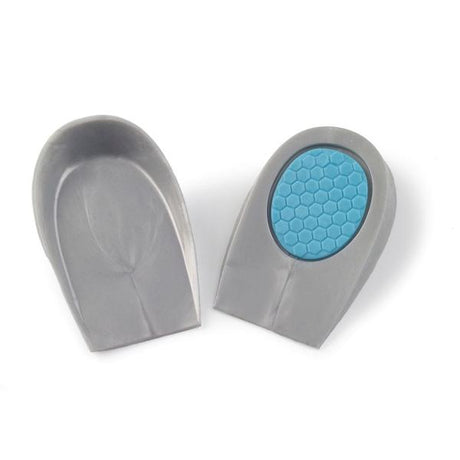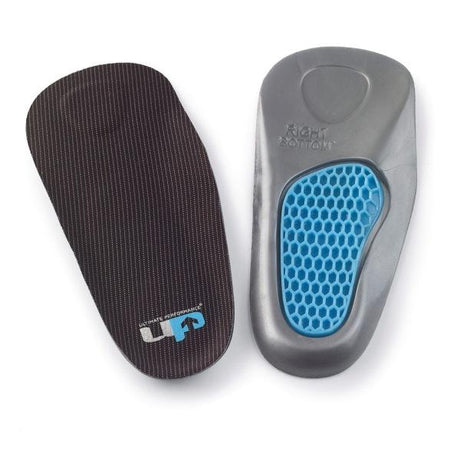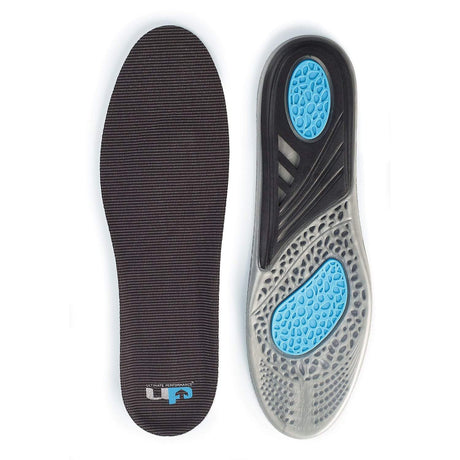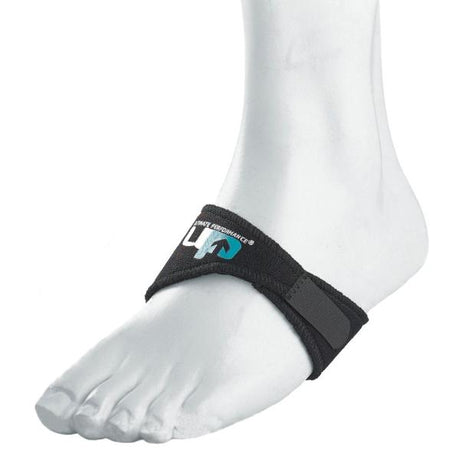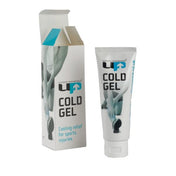Save up to 20% on F3D Insoles
Buy 2 pairs & save 15%, 3 pairs & save 20%
Ultimate Performance Full Gel Insole - UP4565
Regular price £16.00Unit price /UnavailableIn stock
Which are the best insoles for me?
Finding the right insole depends on your foot type, activity, and symptoms. The aim isn’t just comfort but to improve alignment, reduce pain, and prevent injuries long-term.
Below is a simple guide to help you match foot type to the correct insole.
Step 1 — Identify your foot type
A quick way is the Wet Foot Test:
- Wet your feet
- Stand on paper or paving
- Look at the footprint shape
This reveals your arch height and tells you which is right for you.

2. Foot Types & Recommended Insoles
Find the right insole for your foot type:
Flat feet / Overpronation
Your foot rolls inwards and the arch collapses. As a result, this overloads the shins, knees and plantar fascia, leading to injury.
Recommended: Ultimate Performance Advanced FD3 Support Insole
Designed for overpronators — stabilises the heel, supports the arch and promotes natural biomechanics.
Neutral Feet
You use the foot efficiently and only need mild support & cushioning to prevent fatigue.
Recommended: Ultimate Performance Advanced F3D Neutral insole.
A balanced option with moderate support + 3mm cushioning. Ideal for regular walkers/runners who want long-term injury prevention.
High Arches / Supination
Your foot rolls out, often rigid with poor shock absorption. Cushioning becomes a priority.
Recommended: Advanced F3D Cushion Insole
Soft, shock-absorbing and comfortable for everyday use — reduces stress on ankles, shins and knees.

Why Ultimate Performance?
Our Advanced Insoles are full-length performance inserts engineered specifically for running and high-impact activity. They combine biomechanical support with superior shock absorption. As a result, improving gait efficiency and reducing stress through the feet and lower limbs. A cushioned arch support and anatomical Met Pad (metatarsal pad) helps spread pressure across the forefoot. Therefore, improving comfort and load distribution during movement.
Powered by F3D Foam Damper technology they are proven to dissipate up to 95% of high-frequency shock waves. Therefore, helping reduce pain from your feet up through the ankles, shins, knees, hips and even into the lower back and neck.
When should I wear my insoles?
Many runners only wear them in sports or running shoes. However, daily wear matters as much, if not more. If you're on your feet for long work shifts in flat shoes, support makes a huge difference. Consider a second pair so you don’t constantly swap them.
Should I remove the original insole?
Yes. Orthotic insoles need a flat base to work properly. Leaving the existing insole in can:
- Make shoes feel unstable
- Increase risk of rolling your ankle
- Reduce effectiveness of support
Remove the factory one then insert your new one. Make sure it sits flat on the bottom of your shoe.
Insoles for Plantar Fasciitis
Heel pain that’s worse in the morning is a classic plantar fasciitis sign. Overpronation is a common trigger — the arch overstretches, pulling on the heel attachment.
An orthotic insole helps by reducing pronation and supporting the arch, easing strain on the plantar fascia.
Best option: Advanced F3D Support Insole for biomechanical correction — wear consistently in all footwear, not just running shoes.

